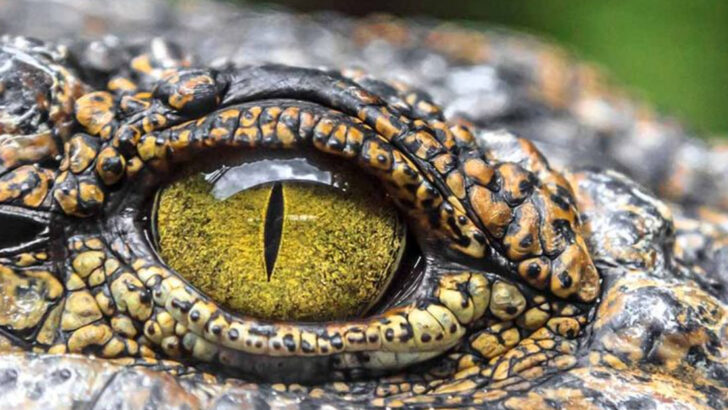Crocodile tears have fascinated and puzzled people for centuries, often symbolizing insincerity or false emotions.
This expression, rooted in ancient folklore and observed behavior, refers to the tears shed by crocodiles while they consume their prey.
Scientists and historians have explored the phenomenon, revealing surprising insights into these ancient reptiles.
This article will delve into ten intriguing facts about crocodile tears, exploring their origins, biological significance, and cultural impact.
From physiological explanations to literary references, discover how these tears reflect the complex world of crocodiles and their interaction with the environment and human perception.
Mythological Origins
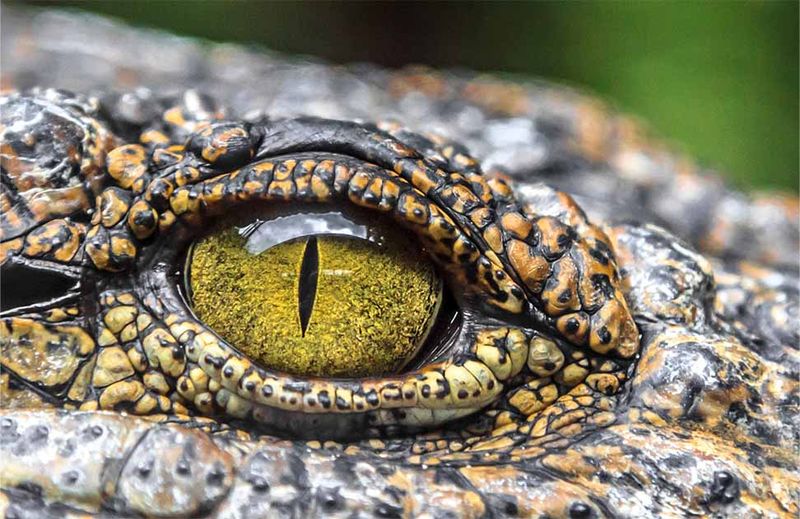
The term ‘crocodile tears’ originates from ancient myths suggesting that crocodiles cry to lure prey. These tales, passed through generations, depict crocodiles shedding tears while feasting on their victims.
While these stories may seem far-fetched, they have become engrained in cultural expressions worldwide. Historians believe these myths were perpetuated by travelers’ tales and early literature. In Shakespeare’s works, such as ‘Othello’, the phrase symbolizes deceit.
Despite lacking scientific backing, the mythological interpretation captures imaginations, offering a timeless reflection on perceived insincerity in nature. This blend of myth and reality highlights crocodile tears’ enduring allure in collective consciousness.
Physiological Explanation

Scientists have explored the physiological reasons behind crocodile tears, attributing them to the unique anatomy of these reptiles.
Crocodiles possess lachrymal glands, responsible for producing tears, primarily to clean and lubricate their eyes. The act of eating, particularly when feeding on dry land, exerts pressure on these glands, causing them to release tears.
This phenomenon is a regular biological process rather than an emotional response. By understanding this mechanism, researchers have debunked the myth of crocodile tears as a sign of false emotions. It underscores nature’s complexity, where survival and adaptation drive seemingly mysterious behaviors.
Cultural Symbolism

Throughout history, crocodile tears have symbolized insincerity, appearing in various cultural narratives. From ancient texts to modern idioms, these tears represent deceitful sorrow.
The metaphor has influenced languages, art, and literature, offering a vivid way to describe feigned emotions. Writers and artists utilize this symbolism to explore themes of honesty and betrayal. By examining its cultural impact, this concept illustrates the human tendency to anthropomorphize animal behaviors, reflecting societal values.
Despite advancements in understanding, crocodile tears remain a powerful metaphor, bridging the gap between nature and human emotion. It continues to serve as a reminder of the intricate ways in which we interpret the natural world.
Literary References
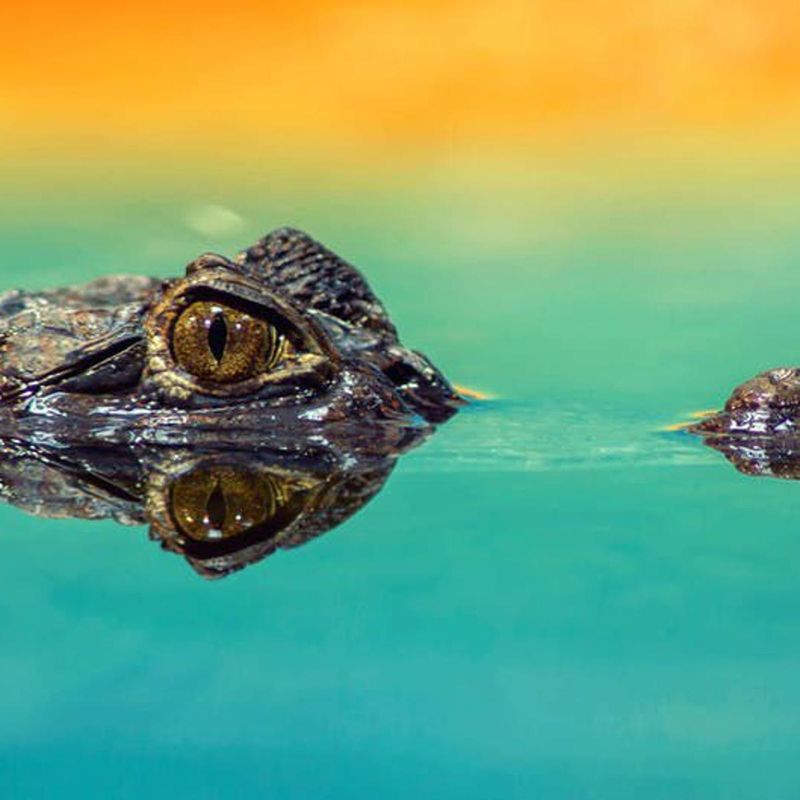
Crocodile tears frequently appear in literature, symbolizing deceit and emotional manipulation. Shakespeare’s plays, including ‘Othello’, employ this metaphor to depict characters’ duplicity.
The phrase enhances storytelling, adding layers to character dynamics and plot development. Beyond Shakespeare, authors across genres use crocodile tears to evoke vivid imagery and convey complex emotions. The metaphor endures in modern literature, reflecting timeless themes of deception.
By examining these references, readers gain insight into the rich tapestry of human emotion and the enduring power of well-crafted metaphors. Crocodile tears remain a compelling narrative device, enriching literary exploration through symbolism and thematic depth.
Natural Behavior Observation
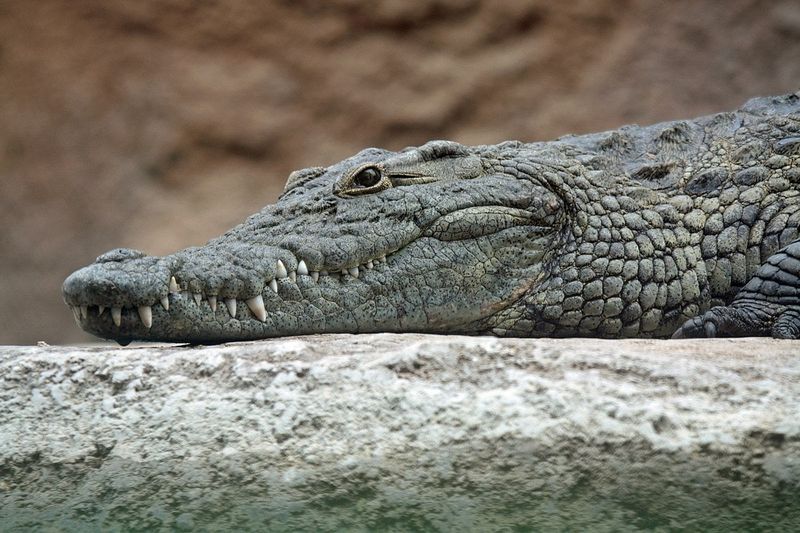
Observations of crocodiles in the wild provide insight into the natural behavior behind their tears. Researchers document these reptiles shedding tears while eating, particularly on land.
This behavior, once thought to be emotional, is now understood as a biological function. By studying these observations, scientists gain a deeper understanding of crocodile physiology and adaptation. The tears, linked to feeding and environmental conditions, reveal the intricate balance of nature.
Through ongoing research, naturalists continue to uncover the realities of crocodile behavior, dispelling myths and enhancing our appreciation of these ancient creatures. The study of crocodile tears exemplifies the dynamic relationship between observation and understanding.
Scientific Studies
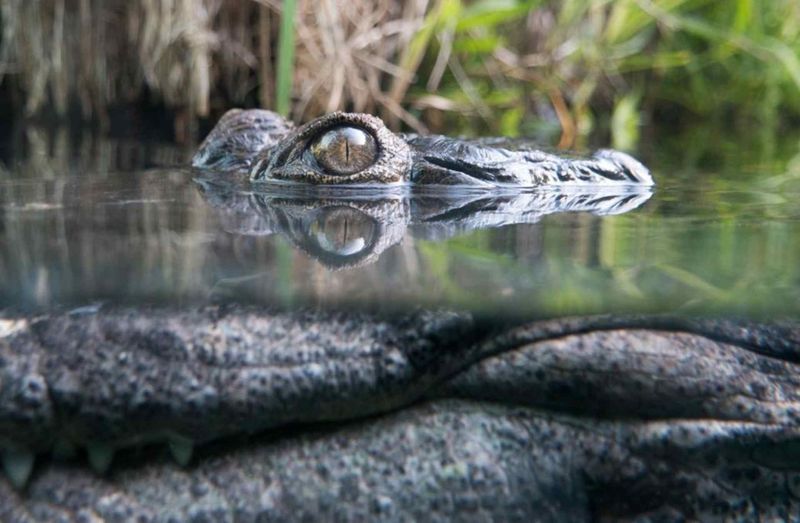
Scientific investigations have shed light on the biological mechanisms behind crocodile tears. Researchers analyze tear samples to understand their composition and purpose.
These studies reveal that crocodile tears function similarly to those of other animals, serving to protect and maintain eye health. The findings challenge misconceptions, emphasizing that crocodile tears are not linked to emotions. By examining the chemical composition, scientists continue to unravel the mysteries of crocodile biology.
This research highlights the importance of empirical evidence in dispelling myths, fostering a more accurate understanding of animal behavior. The scientific exploration of crocodile tears contributes to the broader field of zoology.
Folklore and Legends

Folklore and legends have immortalized crocodile tears, weaving tales of cunning and deception. These stories, rich with imagination, depict crocodiles as cunning creatures using tears to manipulate prey.
Passed down through generations, these narratives reflect cultural beliefs and values. The tales, while lacking scientific basis, captivate audiences and preserve heritage. They serve as a testament to the power of storytelling and its role in shaping perceptions of nature.
The contrast between folklore and scientific understanding underscores the evolving relationship between humanity and wildlife. Crocodile tears remain a captivating element in storytelling, illustrating the fusion of imagination and natural observation.
Psychological Interpretations
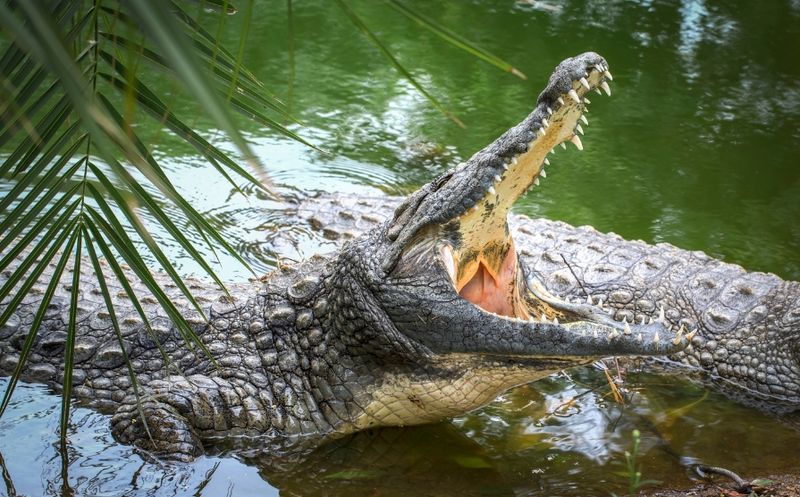
Psychologists have explored crocodile tears as a metaphor for insincere emotions, examining their impact on human behavior. The phrase describes fake sorrow, often used in assessing emotional authenticity.
By analyzing this metaphor, psychologists gain insights into social interactions and the complexities of emotional expression. The concept of crocodile tears challenges individuals to question genuineness, highlighting the thin line between genuine and feigned emotions.
Through this lens, the metaphor encourages self-reflection and a deeper understanding of human psychology. Crocodile tears, as a psychological tool, offer a unique perspective on the interplay between language, emotion, and perception.
Impact on Language
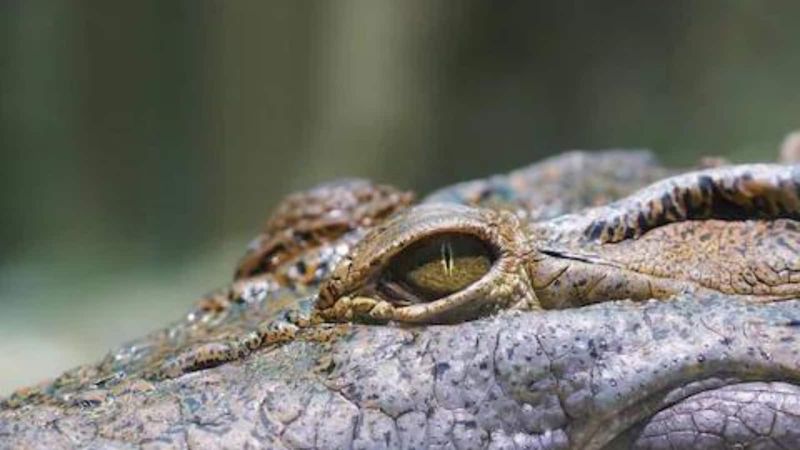
The expression ‘crocodile tears’ has permeated languages worldwide, symbolizing insincerity across cultures. Linguists study its usage, tracing its origins and adaptations in various tongues.
This metaphor enriches language, providing a vivid way to describe deceitful emotions. Its adoption reflects human fascination with animal behavior and the desire to express complex feelings. By examining its linguistic impact, scholars unravel the interconnectedness of language and culture.
The phrase’s longevity demonstrates its relevance, resonating with speakers globally. Crocodile tears, as a linguistic expression, continue to evolve, illustrating the dynamic nature of language and its ability to encapsulate human experiences.
Media and Pop Culture
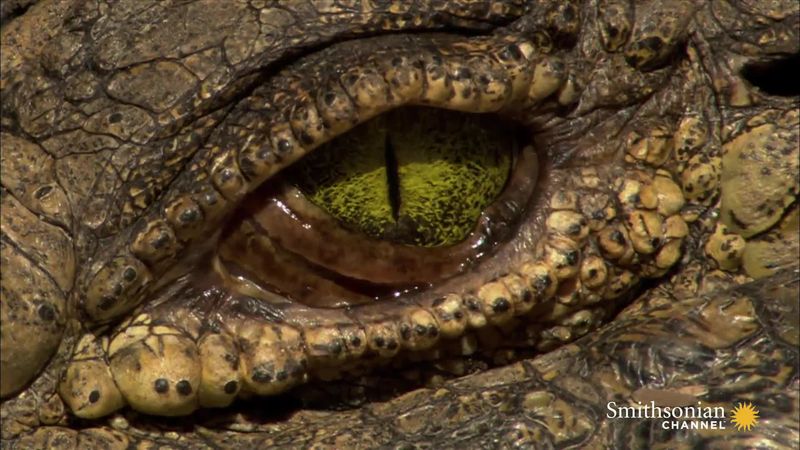
In media and pop culture, crocodile tears symbolize deceit and manipulation, often appearing in headlines and narratives. This metaphor is used to critique public figures and analyze dramatic storylines.
The phrase’s presence in films, television, and music underscores its versatility and enduring appeal. By examining its portrayal, audiences gain insights into societal values and the art of storytelling. Crocodile tears serve as a tool for commentary, reflecting contemporary issues and human nature.
This metaphor’s integration into popular culture highlights its significance, shaping public discourse and cultural understanding. It continues to captivate audiences, bridging reality and fiction.

